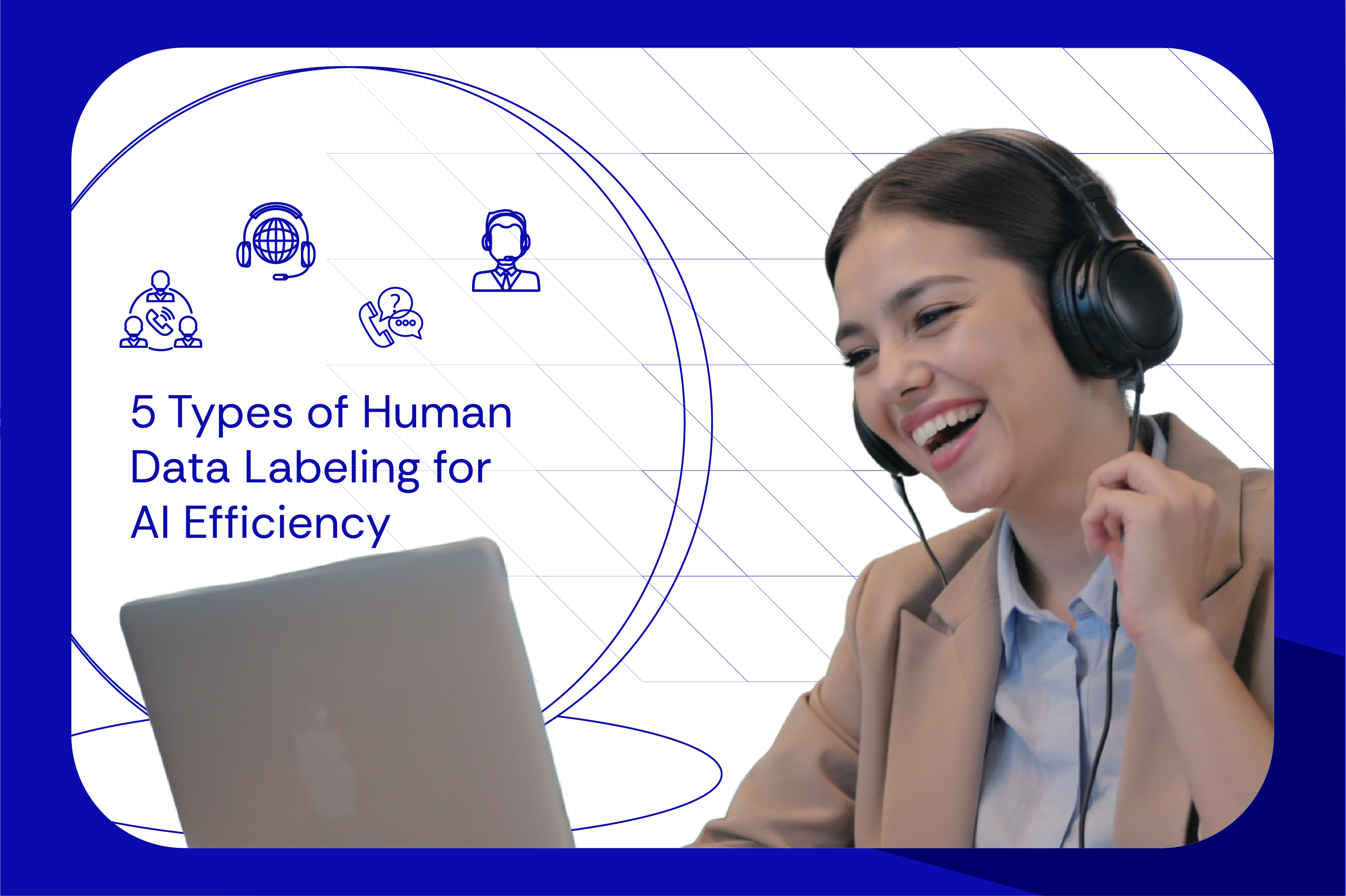AI data labeling is the process of tagging raw data (such as text, images, or audio) with accurate labels. It allows AI models to recognise patterns and make accurate predictions. Some popular labeling types are NLP, image processing, data tagging, and video annotation.
Garbage In, Garbage Out! Do you know how leading AI models like ChatGPT, DeepSeek and Gemini generate near-perfect responses?
If we were to answer in three words, we’d say it all depends on the “quality labeled datasets.” Studies show that generative AI systems like ChatGPT heavily rely on large-scale labeled datasets over 160,000 dialogues (OpenAI research). It helps them deliver reliable AI predictions.
In contrast, poor data quality leads to suboptimal model performance. But, how does this data quality improve? Is there a technique? Through AI data labeling.
In it, developers give names or tags to different pieces of data. The better the labels, the better the AI model works!
Want to know more? For consumer brands and D2C companies across the U.S., U.K. & Australia with CX and Support leaders with $5M+ in revenue, better data labeling directly impacts customer satisfaction, operational efficiency and ROI. Leaders at the VP, Director or Senior Manager level often find that better data labeling means better CX insights, faster resolution and happier customers.
Want to know more? In this article, let’s understand what is data labeling in AI and its various types. Also, we will see some popular approaches to AI data labeling in 2025, including insights into leading AI-assisted platforms that suggest which images or videos to label next and best platforms for AI-assisted image labeling.
What is AI Data Labeling?
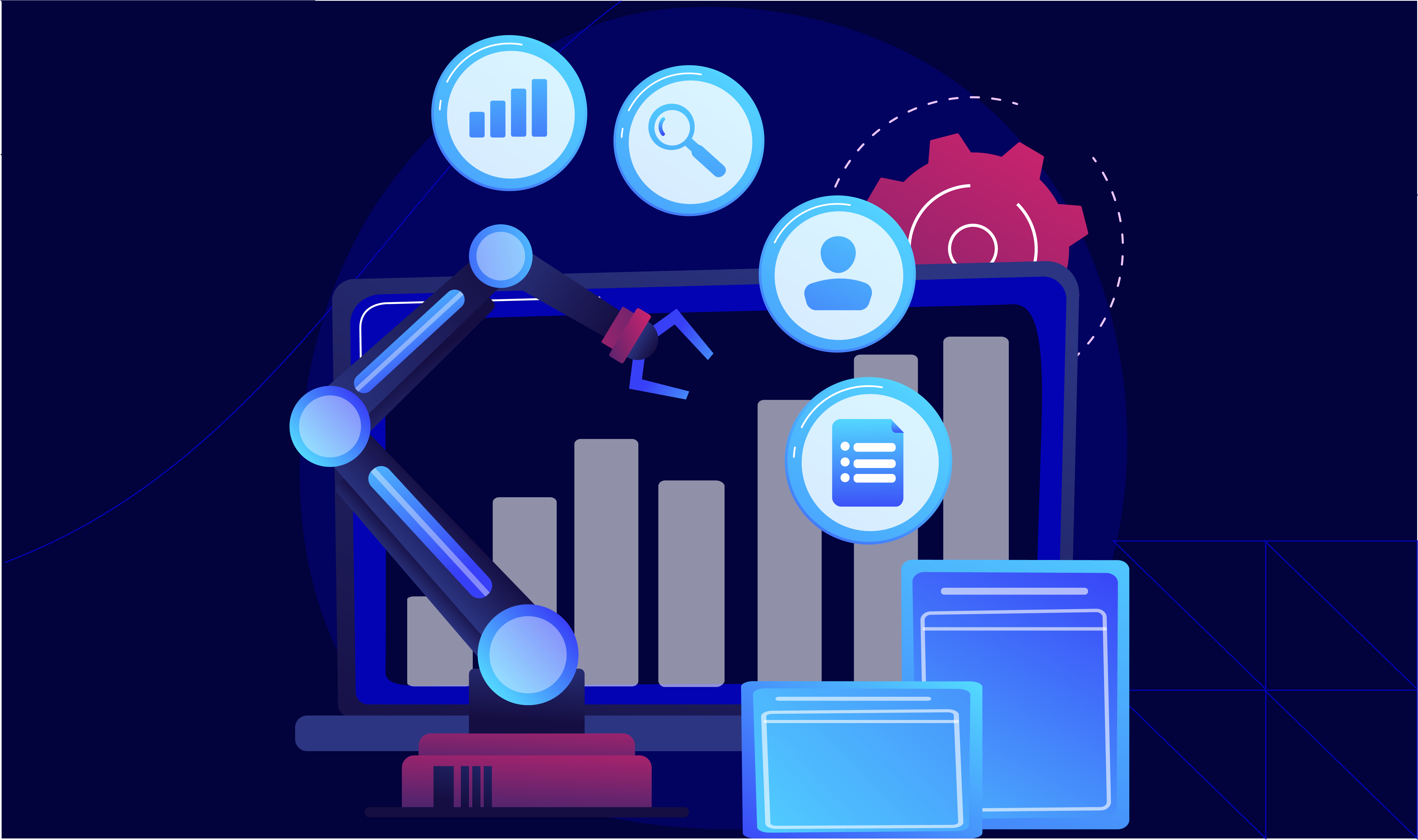
AI data labeling is the technique of giving a name or tag to pieces of data like:
- Text
- Images
- Videos
Such tagging allows computers to understand what that data is about. It is an important step in the pre-processing stage and is usually performed before using any data to train an AI model.
For example,
- Say you show a computer 1,000 pictures of cats and dogs.
- Now, you must tell the computer which image shows a cat and which one shows a dog.
- That “cat” or “dog” tag is called a label.
- Once the computer sees enough labeled examples, it can start recognising new pictures on its own.
AI data labeling is primarily used in these three core areas:
- Computer Vision (say identifying objects in photos)
- Natural Language Processing (say tagging emotions or topics in customer reviews)
- Speech Recognition (say marking different words in an audio clip)
Without labeled data, AI systems would not understand context or deliver accurate outputs.
5 Latest Types of AI Data Labeling in 2025
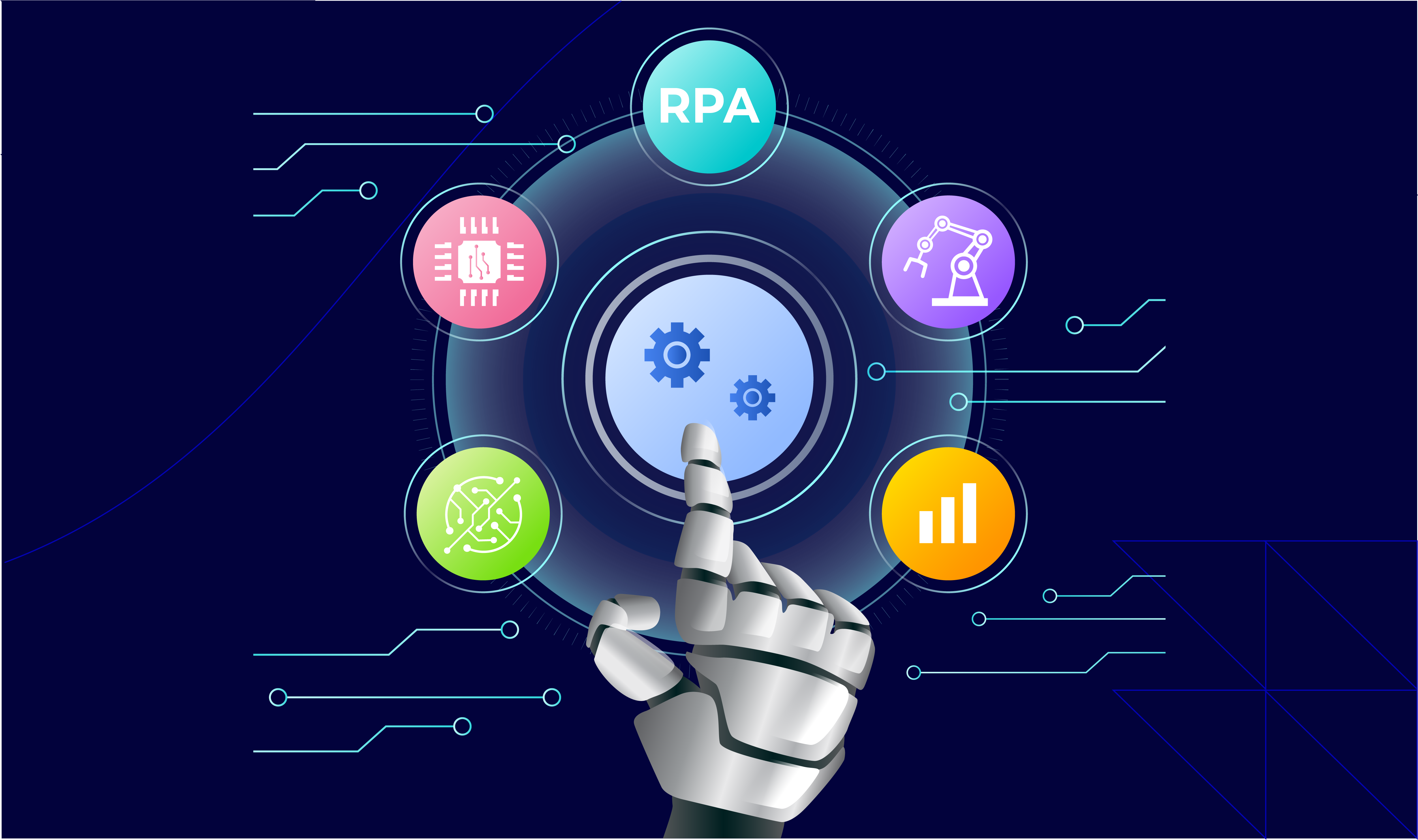
The global data labeling market is projected to exceed $17 billion by 2030 (Statista). The AI market is expected to become 5X in the coming years! That’s largely because both large and small businesses have started using AI in their daily operations. Studies show that about 87 out of every 100 companies believe using AI can help them do better than their competitors.
For CX focused consumer brands with 5+ employees and $5M+ revenue, AI data labeling is a crucial enabler of accurate insights, proactive support and brand loyalty.
However, the quality of responses generated by an AI model largely depends on AI data labeling. For a stronger hold on the concept, check out the five latest types of tagging performed by leading AI data labeling companies in 2025, including those offering AI labelling tools and the best platforms for AI-assisted image labeling:
1. Image Processing
Image processing means labeling different parts of an image. This lets a machine understand what is shown. This type of AI data labeling covers tagging:
- Objects
- People
- Animals
- Scenes
- Text
Here, human labelers mark the images correctly so that AI models learn from accurate data. For example,
- In facial recognition, labels are added to identify features like eyes, nose, and mouth.
- In object detection, the AI learns to recognise items like cars, chairs, or traffic signs.
Industries using image labeling in 2025:
- Healthcare (to detect diseases in scans)
- Agriculture (to monitor crops)
- Security (to detect suspicious objects)
2. Video Annotation
Video annotation is similar to image processing but done on moving visuals. In this type of AI data labeling, objects are tagged across multiple frames of a video. Since objects move in videos, the task is more complex!
Thus, most AI data labeling companies in 2025 use human annotators to label the same object throughout the video. This allows the AI to understand how it moves and changes.
Some popular techniques for accurate tagging are:
- Bounding boxes (drawing boxes around objects)
- Polygon annotations (drawing the exact shape)
- Event tracking (labeling actions like walking or falling)
This technique is primarily used in self-driving cars. Here, leading AI platforms that suggest which images to label next and videos to annotate help speed up and improve accuracy, where the system needs to identify and track:
- Other vehicles
- Pedestrians
- Traffic signs
3. Data Tagging
Data tagging means labeling data with relevant keywords. This makes it easier to:
- Sort
- Search
- Analyse
In AI labeling, this step ensures fast retrieval of relevant results. This technique is commonly used in E-commerce platforms. For example,
- A product image of a blue jacket might be tagged with words like:
- “Blue”
- “Jacket”
- “Winterwear”
- “Zippered”
- These tags allow users to find the product through a search or recommendation engine.
This type also finds its application in machine learning, especially in 2025. Here, tagging allows an AI model to learn how to categorise and retrieve information. This improves search results and recommendation engines.
4. Data Digitisation
In data digitisation, non-digital (analogue) information is converted into digital formats. This type of AI data labeling scans:
- Printed documents
- Handwritten notes
- Photos
- Old records
Post-scanning it is turned into readable files like PDFs or Word documents. The data itself remains unchanged. However, once it’s digital, AI tools in 2025 can now analyse, label, and store it for processing.
Usually, human labelers step in after digitisation. Most AI data labeling companies use their services to tag important fields, such as:
- Names
- Dates
- Amounts
This type of tagging is crucial in industries like finance, insurance, and law where documents must be searchable and usable for analysis or audits.
5. Natural Language Processing (NLP)
Natural Language Processing (NLP) is a field of AI where machines are trained to understand and work with human language (both written and spoken). NLP labeling includes tagging sentiments in support tickets, identifying urgency levels, and detecting product mentions helps VPs, Directors and Senior Managers of customer experience make informed data backed decisions. AI data labeling in NLP refers to:
- Tagging parts of speech (nouns, verbs)
- Identifying names or places (entity recognition)
- Classifying the mood of a sentence (sentiment analysis)
In 2025, human annotators read through text or audio and label them. Such tagging helps tools like:
- Spell checkers
- Translation apps
- Voice assistants (like Siri or Alexa)
- Chatbots
Additionally, NLP also allows AI to summarize articles, translate sentences, or even detect sarcasm or slang. All of these are often hard for machines to understand without proper labeling by humans. This empowers VPs and Directors of CX to make data-driven decisions that improve service quality.
How Does AI Data Labeling Happen?
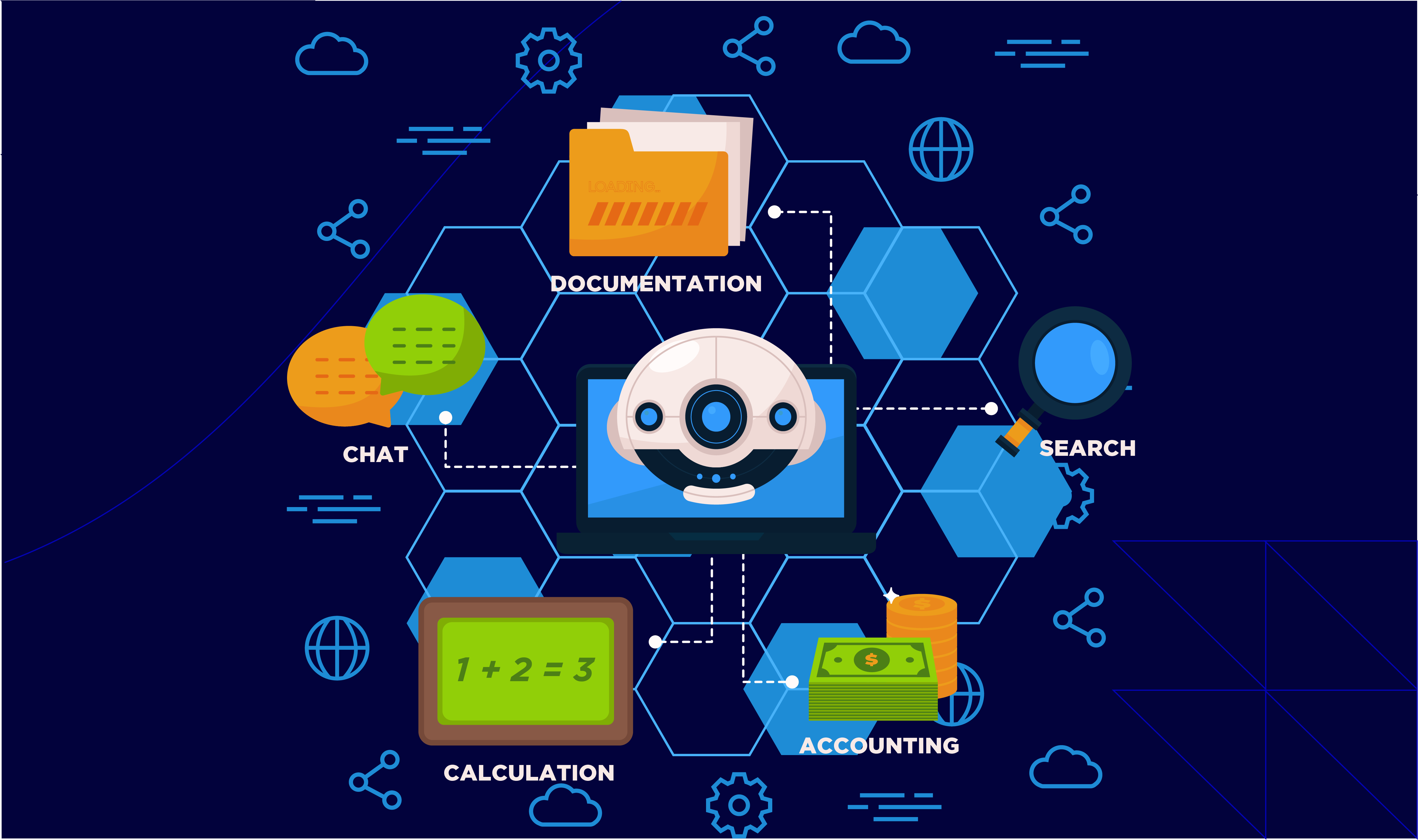
78% of companies use AI in at least one function (McKinsey). Mostly, this segment is:
- Customer service (like chatbots)
- Marketing (like content creation)
- Operations (like inventory management)
The quality of the AI models used in these segments largely depends on the accuracy of AI data labeling. Want to know how it is done? Below are some key approaches to tagging followed by most AI data labeling companies:
1. Internal Manual Labeling
In this method, your own team or experts label the data. They check each image, text, or file and add labels by hand using their knowledge. This method gives the best quality but takes time, money, and skilled people.
2. External Manual Labeling (Crowdsourcing)
Here, you give the AI data labeling job to outside workers or freelancers. You delegate the work and give clear instructions. Such outsourcing saves costs. However, it causes issues like:
- Low-quality work
- Privacy issues
- Lack of expert knowledge
3. Semi-Supervised Labeling
This AI data labeling method starts with a small amount of labeled data. You use that to train simple AI models. Then, these models label the rest of the data. In this method, if multiple models agree on a label, it’s accepted!
This method saves time and cost but only works if the data is well-structured. It’s not ideal for complex or messy data.
4. Automated Data Labeling (Model Distillation)
In this approach, you use a powerful AI model (like ChatGPT) to label your data. This model becomes the “teacher” and trains a smaller “student” model. It is fast and needs little human effort. However, sometimes the results are good enough for serious business use.
Take the AI Advantage with Atidiv. Boost CX & Save Costs in 2025!
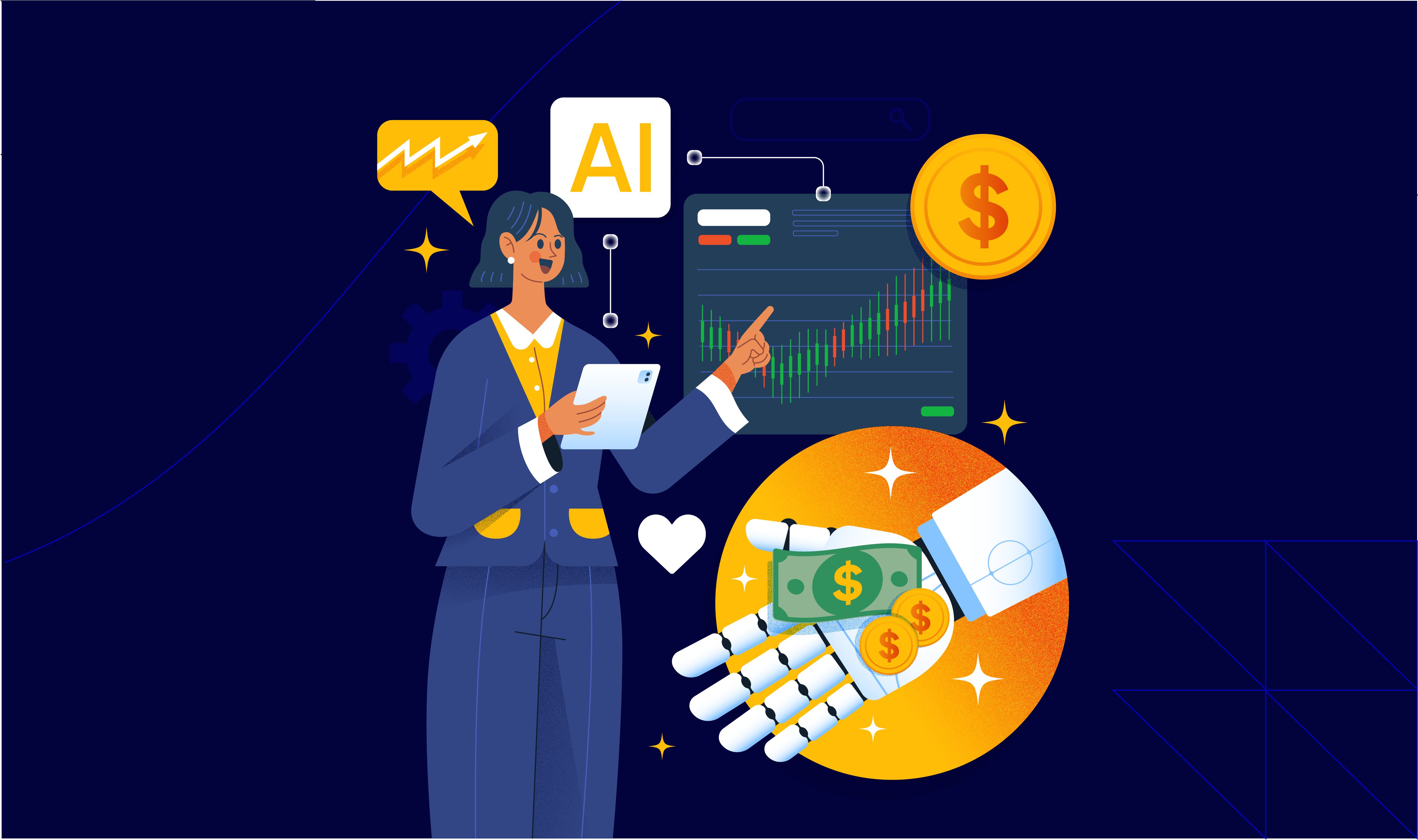
AI data labeling is the foundation of every smart AI model. Accurate tagging allows machines to understand, predict, and perform better. Atidiv helps consumer brands and D2C companies in the U.S., U.K. & Australia adopt AI to improve customer support and CX operations. Whether your company has 5 employees or 5000 and whether you’re generating $5M or $500M in revenue, we work with CX leaders.
Case Study Example: Atidiv delivered 80% time savings, 50% cost reduction and 99% accuracy for a NYC start-up (see case study).
It comes in various types, such as:
- Image processing
- NLP
- Video annotation
- Data digitisation, and more.
Have you as a business owner started using AI models? Studies show that about 89% of small businesses have already integrated AI tools. Don’t lag!
Partner with Atidiv and start using AI in your marketing and customer service departments today! Our team uses AI for:
- Paid media optimisation
- Analysing consumer behaviour
- Refining ad strategies
- Boosting ROI
Using intelligent solutions, Atidiv has helped clients save $25M annually and eliminate 1M+ hours of manual effort by automating processes. Let us help you too!
FAQs on AI Data Labeling
1. Why is high-quality AI data labeling important for AI models’ accuracy?
High-quality labels allow AI models to understand the real-world context behind data. On the other hand, poor labeling leads to:
- Misinterpretation
- Wrong predictions
- Unreliable outputs
Thus, accurate AI data labeling is necessary to ensure that AI systems learn correctly and deliver consistently.
2. Why is manual AI data labeling so expensive and time-consuming?
Manual AI data labeling needs skilled human input (particularly for complex data like medical images or legal text). Additionally, it is slow as it requires extensive quality checks. This increases both costs and the labour hours.
3. Can I fully automate data labeling with AI?
Full automation is possible but risky. Instead, you can use AI to assist in the tagging process through:
- Pre-annotations
- Model predictions
Please note human oversight is critical to maintain accuracy!
4. How do I scale my AI data labeling without compromising quality?
Ideally, you should use a mix of these labeling strategies:
- Manual
- Semi-supervised
- Automated
Use a hybrid approach: start with manual, expand with semi-supervised, then validate with experts.
Let’s see how you can do this :
- Firstly, manually label a small, high-quality set of data. This acts as your “foundation” and trains the initial AI model.
- Train a strong AI model (like ChatGPT) on this initial dataset.
- Now, let it label a larger volume of new data automatically.
- Finally, have human experts go through the AI-labeled data.
- They will correct errors and maintain accuracy.
5. How does Atidiv ensure accuracy?
We apply multi-layer validation and QA frameworks, achieving 95–99% accuracy rates across labeling projects.
